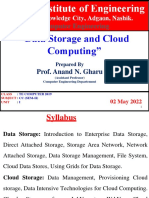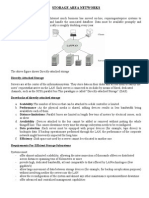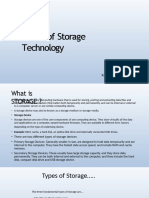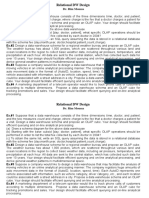0% found this document useful (0 votes)
20 views33 pagesUnit-II CC Notes
The document covers various aspects of data storage and cloud computing, including types of data storage such as Direct Attached Storage, Network Attached Storage, and Storage Area Networks. It discusses cloud storage management, provisioning, and the benefits of cloud data management, emphasizing security, scalability, and automated backups. Additionally, it outlines the challenges and advantages of different storage methods, providing a comprehensive overview for students in the field of computer engineering.
Uploaded by
vedantnighotzzz1Copyright
© © All Rights Reserved
We take content rights seriously. If you suspect this is your content, claim it here.
Available Formats
Download as PDF, TXT or read online on Scribd
0% found this document useful (0 votes)
20 views33 pagesUnit-II CC Notes
The document covers various aspects of data storage and cloud computing, including types of data storage such as Direct Attached Storage, Network Attached Storage, and Storage Area Networks. It discusses cloud storage management, provisioning, and the benefits of cloud data management, emphasizing security, scalability, and automated backups. Additionally, it outlines the challenges and advantages of different storage methods, providing a comprehensive overview for students in the field of computer engineering.
Uploaded by
vedantnighotzzz1Copyright
© © All Rights Reserved
We take content rights seriously. If you suspect this is your content, claim it here.
Available Formats
Download as PDF, TXT or read online on Scribd
/ 33























































































